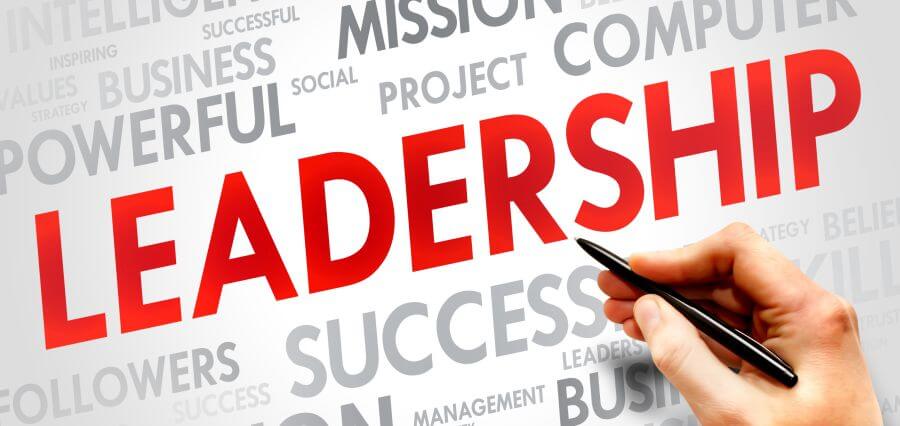Class Act
In the intricate ballet of today’s business, with competitive pressures being constant and customer needs expanding daily, executive management has evolved into a more complex and critical function. Walking the fine line between the dual mandate of maximizing internal organizational performance and maximizing external customer satisfaction is a tightrope exercise in itself that characterizes effective modern leadership. Such strategic equilibrium is not only an ideal; it is an intentional method of creating steady growth, profitability, and long-term market sustainability. The ability of executive management to achieve this equilibrium is an integrated blend of strategic planning, acceptance of new technology, cultural development, and unwavering focus on both operational quality and customer centricity.
One of the most effective ways in which executive management achieves this balance between these two crucial objectives is through process streamlining and automation by strategic process. Knowing that ineffective in-house processes have a direct bearing on the customer experience by way of delays, errors, or inconsistent service, leaders actively seek ways to streamline operations. This is achieved by using technology such as Robotic Process Automation (RPA), enterprise resource planning (ERP) software, and workflow automation technology to avoid human errors, improve the speed of task execution, and free up human capital for higher-level value-added activities. By making internal efficiency increased, executive management indirectly improves customer satisfaction through efficient delivery of services, increased precision, and overall more efficient processes. The compelled pursuit of operational excellence within the company simply equals to an upgraded external product.
Executive leaders are also most ready to invest in data analysis and customer comprehension. In order to appropriately balance efficiency with satisfaction, leaders must obtain a full picture of their operating performance and the wishes and needs of their customers. This calls for the deployment of next-generation analytics solutions that collect and process data via a variety of sources, including customer feedback mechanisms, sales data, service interactions, and web analytics. With a deep sense of customer experiences, pain areas, and preferences, executive management will be able to decide where efficiency gains will be most effective in helping to reach satisfaction. By contrast, they are able to determine where customer satisfaction would likely be low with maximum efficiency, demonstrating a strategic reallocation of resources or redesigning of services. This evidence-based practice permits interventions that optimize both sides of the equation.
Building a customer-centric organizational culture is also one of the primary responsibilities of executive management for obtaining this balance. It is not a matter of lip service to customer satisfaction; it must be ingrained in the company’s DNA. It is a question of leading by example, of reminding the customer value in each and every decision, and of enabling every level of employee to prioritize the customer’s needs. Empathy, problem-solving, and service excellence training programs are required. When every employee, from back-office functions to front-line staff, understands his role in the customer experience and gets rewarded to deliver world-class service, organizational effectiveness is automatically customer delight. This top-down driven cultural congruence has a synergistic impact wherein internal capability is immediately delivered as external satisfaction.
Executive management plays its own key role to drive resource allocation and trade-offs. In reality, maximum effectiveness and maximum customer satisfaction simultaneously prove elusive because attempts can short term prioritize one at the expense of the other. The art of executive management is to make decisions on resource investment where it will have the most combined impact. For example, automation of a customer line could be more productive but would require giving up customer satisfaction to those who prefer to talk to humans. Managers must make these trade-offs judiciously, perhaps opting for hybrid designs or provision choice, in trying to ascertain the best balance that is in accord with the company’s strategic efforts and customer markets. Such top-level decision-making, in terms of short- and long-term implications, is one of the most important responsibilities of the executive management.
Aside from that, utilization of feedback loops and iterative improvement method is also required. Executive management forms solid mechanisms of capturing inputs from internal operations (e.g., process jams, employee ideas) and external customers (e.g., surveys, feedback, social media sentiment). These inputs are subsequently analyzed with diligence to identify potential areas of improvement in satisfaction and efficiency. Methods like Six Sigma, Lean, or Agile are employed for ongoing iteration and optimization of services and processes. By this commitment to ongoing learning and adaptation fostered by executive management, the organization becomes equipped with the ability to remain receptive to changing market demands and continually fine-tune its strategy to meet its double mission.
Employee motivation and empowerment is a secondary yet efficient way through which executive management achieves balance in these aspects. Highly motivated employees are more productive, innovative, and committed to delivering good service. When employees are treated with respect, supported, and empowered to make decisions that benefit the customer, they do their work well and are more vigilant in delivering customer services. Investment in employee training, development of a good company culture, and recognition of efforts can go a long way towards morale and productivity, which, combined, equate to higher internal efficiency and lead to a better customer experience. This recognition of human capital as the driver of both efficiency and satisfaction is the mark of forward-thinking executive leadership.
Generally, the ability of executive management to reconcile organizational effectiveness with customer satisfaction is a characteristic of successful modern business companies. This delicate balance is achieved by optimizing and automating processes, decision-making based on data, creating customer-focused culture, wise utilization of resources, ongoing improvement initiatives, and proactive employee motivation. Through intentional synergizing of these various components, executive management enables that internal operational brilliance translates into direct relationship with better external customer experiences, ultimately fueling sustainable growth, competitive brilliance, and long-term prosperity in the complex business environment of today. The integrated approach adopted by executive management is critical to managing complexity and creating sustained value.





